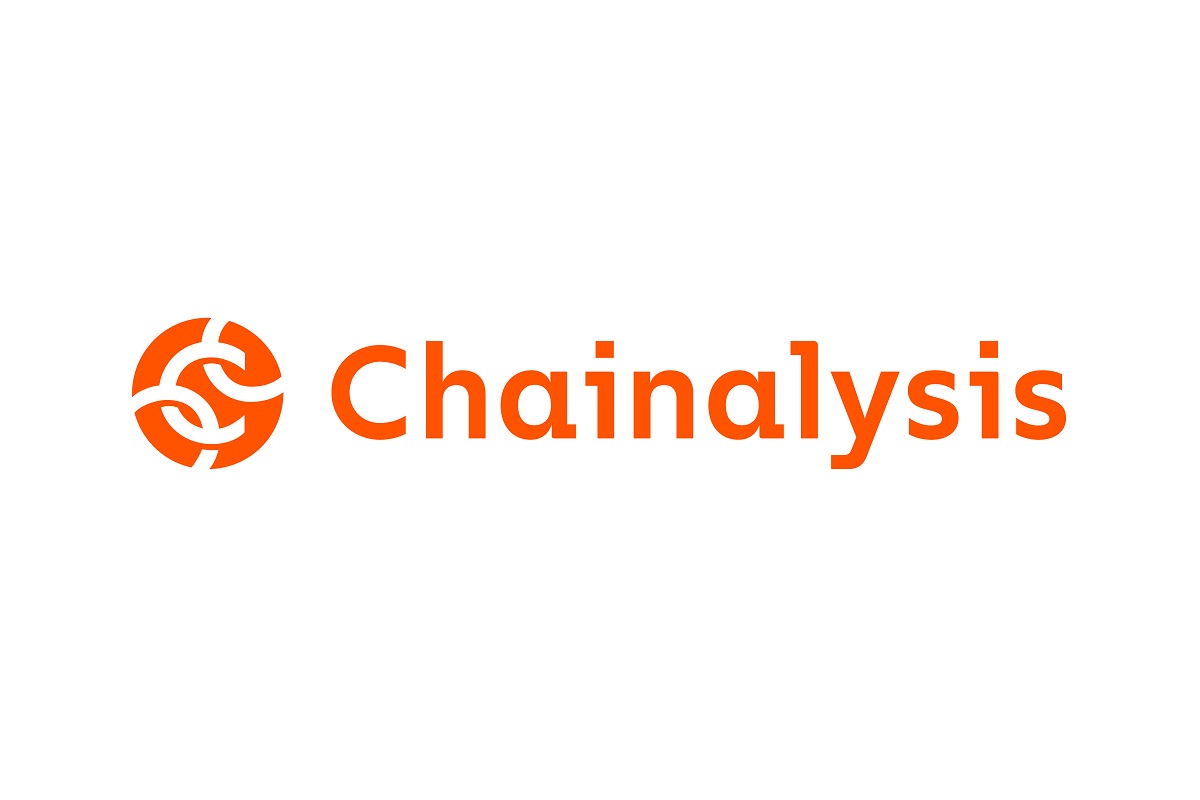A new report by the cryptocurrency professionals at Chainalysis has revealed that the monetary amount of cryptocurrency tokens stolen by crypto scams fell by 29% in 2023, with the total revenue from cryptocurrency hacks for the year also falling massively by 54%.
The Chainalysis report will be available to the public until February. The cryptocurrency analysis firm dropped some advance excerpts on January 18 in a post on its official blog.
The report comes after a recently released UN report accused the popular stablecoin USDT of aiding illicit financing and money laundering in Southeast Asia. While responding to the UN report, Tether called for more blockchain education for UN stakeholders, accusing the international organization of ignoring its efforts to end illicit financing using crypto tokens.
About the Report
The generous teasers in a blog post reveal enough that reading the full report now feels much like an option. In addition to admitting the limitation of the upcoming research, the blog post included several statistics of interest about cryptocurrency usage for crime.
Chainalysis observed in its upcoming report that bad actors are gradually shifting from using Bitcoin for most crypto transactions, with many now using stablecoins. The firm also pointed out that some illicit industries favor certain types of cryptocurrencies. While many ransomware payments still occur in Bitcoin, scams relating to sanctioned entities now usually involve stablecoin transactions.
This discovery corroborates the UNODC report that observed the increasing usage of the USDT stablecoin in illicit financing, sending a clear message to Tether and other stablecoin issuers about the need for stricter regulatory frameworks for stablecoins.
The two largest categories of cryptocurrency-related crimes per total transaction volume, according to the Chainalysis blog article, are transactions involving sanctioned entities and frauds.
A similarly worrying trend is how bad actors perpetrating both crimes seem to prefer stablecoins like USDT and USDC as their cryptocurrency of choice, reinforcing the UN report.
Scams and Hacks Dipped as Crypto Projects Brushed up Security
Crypto scammers and hackers were among the biggest losers in 2023, with their revenues falling by 29% and 54% as crypto security evolves. The FTX collapse and the recent crypto winter seemed to teach cryptocurrency developers their lessons, forcing scammers and hackers to adopt alternative techniques.
The Chainalysis report overview observes that former Bitcoin project scammers are now turning to conventional scam tactics like pig-butchering, which is more difficult to track and fight than direct hacking.
Referencing an FBI report about the apparent upward trend of crypto investment scams in the United States, Chainalysis begged to differ, arguing that scamming revenues are instead trending down. While admitting the limitations of its study, the crypto analysis firm seems to be extraordinarily confident about the downward trend of crypto-related scams.
Chainalysis also mentioned the sharp decline of crypto hacking, attributing it to the sharp drop-off in DeFi hacking. If the encouraging trend continues, it would signify a dramatic improvement in the security architectures of modern DeFi projects, which is a positive thing for the crypto industry in general.
Ransomware and Darknet Market Activity are Not Slowing Down
Unlike other aspects of cryptocurrency crime, crypto revenue associated with ransomware and darknet markets rose in 2023, contradicting the general direction of crypto-related crime throughout the year. This rise is surprising since the reverse was the case in the 2022 edition of the same report.
The rise in revenue from darknet markets may not be unrelated to the 2022 shutdown of the Hydra marketplace that blocked nearly 90% of all dark net cryptocurrency revenue at the time. Since the event created a gap in the darknet cash flows, the proliferation of new darknet markets to replace Hydra could be blamed for the disturbing trend.
How does Chainalysis Collect its Data?
Chainalysis gathers its data by tracking cryptocurrency inflows and outflows from and to addresses flagged for certain crimes, allowing the analysis firm to collect rough estimates of the total revenue in an industry. It also computes funds stolen from cryptocurrency hacks to arrive at revenue figures for scams and hacks.
Admitting that it may not track illegal funding in addresses not yet identified as illicit or those associated with money laundering, observers may want to use data from Chainalysis conservatively. However, the firm’s highly detailed annual reports have thanklessly helped improve the understanding of the state of crypto crime for several years.








